Stalling retention and recruitment is putting the future of the education system at “substantial risk”, according to the official body that reviews teacher pay .
As part of its report into pay, the School Teachers Review Body (STRB) recommended that payrises for teachers remain capped at one per cent from September.
But the board issued ministers with a stinging verdict on the continued restraint on public sector pay cap, which leaves schools at risk of not being able to recruit high-quality teachers.
The board said it was “deeply concerned about the cumulative effect” of falling teacher retention rates and missed trainee teacher recruitment targets, claiming they present a “substantial risk to the functioning of an effective education system”.
And to prove it, they released five graphs to explain why:
1. Nearly 35,000 teachers left profession in 2015, and numbers are rising
Data from the teacher supply model shows nearly 35,000 teachers left state-funded schools in 2015 (not including those retiring).
Interestingly, the numbers of teachers resigning in 2015 has risen across all age groups on the previous year – but the most leavers were in the 20-to-24 and 55-to-59 age categories.
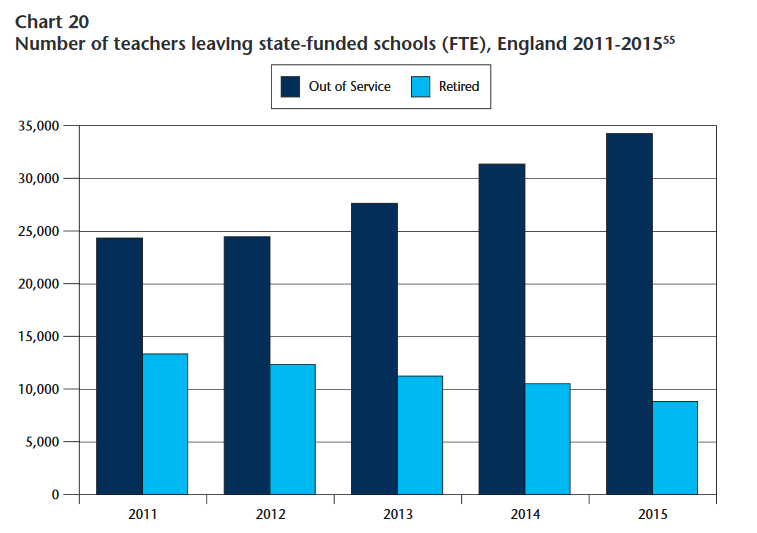
2. Retention rates are plummeting, too
This was an issue flagged up by the board last year, and has been picked up again. The STRB says data shows a decline in retention rates for teachers with between two and five years’ service, and beyond.
The report explains that workload was “universally identified” as the “central factor”, but adds that a number of people consulted “asserted pay is an increasingly significant consideration, arguing that ongoing pay restraint was discouraging teachers from remaining in the profession”.
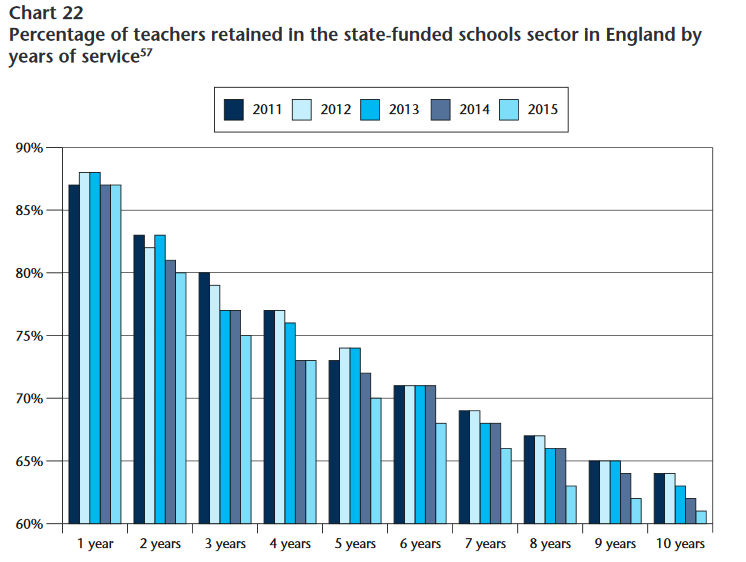
3. Teacher pay has fallen below other public sectors
Teachers’ earnings have grown at a slower rate than earnings in the wider economy – including other public sector jobs – over the last six years.
The report states that while teachers have continued to receive pay progression, a large proportion of classroom teachers (an estimated 37 per cent as of 2015-16) are at the top of their respective ranges, so “will have seen little change in their annual salary” unless taking on new responsibilities.
In terms of graduates, it finds teachers continue to be paid less than other graduate professions. It says: “In a strong labour market with increasing opportunities for graduates, this makes it a difficult environment in which to recruit and retain high-quality graduates as teachers”.
The board believes lifting the national pay framework would “start to reduce the gap between teaching and other graduate professions”.
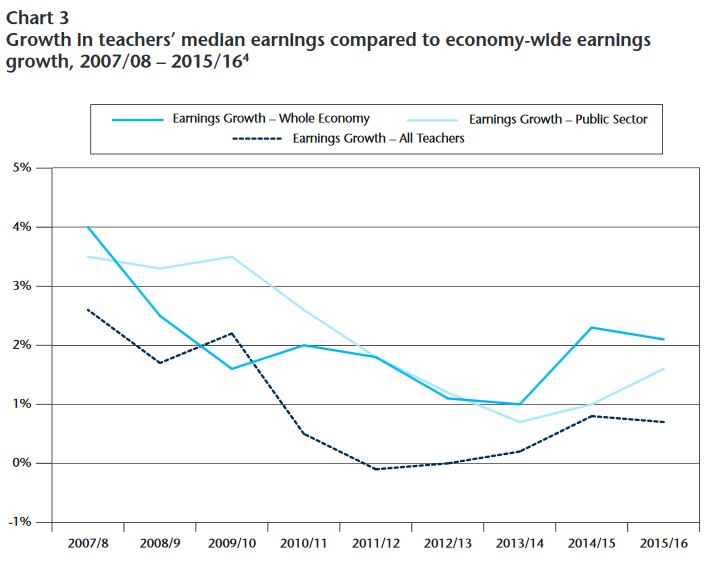
4. Recruitment targets missed for past four years
The STRB again points to the government’s failure to hit secondary teacher trainee recruitment targets for the past four years – something the National Audit Office has also criticised.
While the target was met or exceeded for biology, geography, history and PE, for all other subjects the number of recruits failed to meet the target.
That included maths (84 per cent), physics (81 per cent), computing (68 per cent) and design and technology (41 per cent). Targets have been missed for at least the last five years in each of those subjects.
The report also flags up the expected need for a “substantial number” of additional teachers in secondary schools over the next 10 years as a bulge in pupils comes through the system.
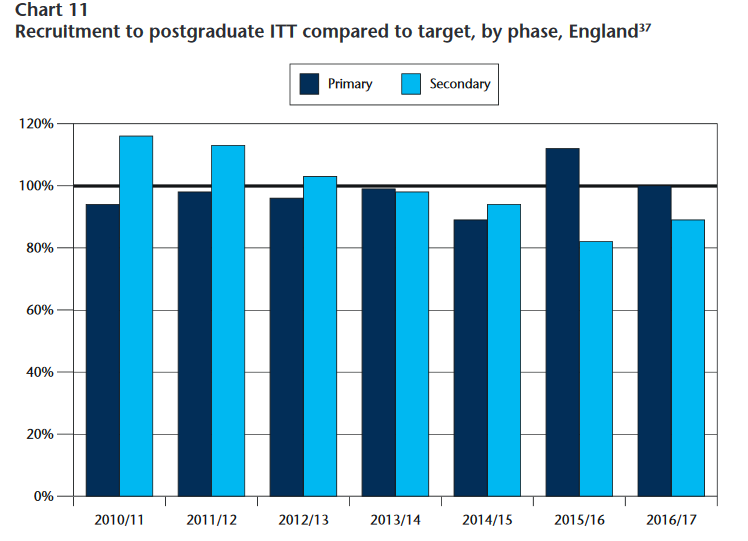
5. Uplift of over 1% would lead to “difficult decisions” for heads
The report states that schools’ financial positions is more challenging than in recent years, adding that the department said funding had been allocated to schools “at a level that should accommodate a pay award of one per cent and that they had no plans to allocate additional money”.
The report was submitted before the Conservatives announced plans to pump extra cash into schools, so this may well change.
But a pay uplift of more than one per cent within schools’ current funding allocations may require some leaders and governing bodies to take difficult decisions.
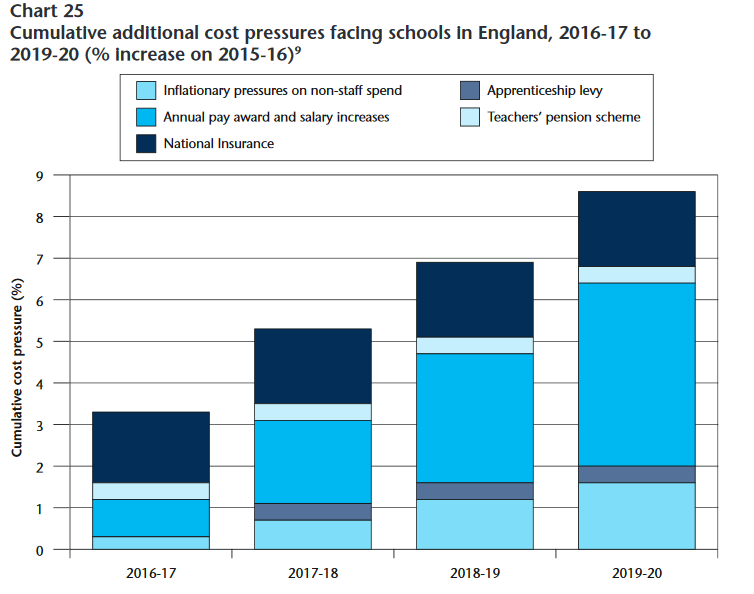





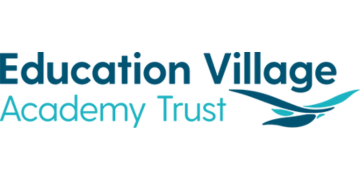

Couldn’t be clearer, could it? Yet STRB recommends a continuation of a failing pay policy. Why? Because their hands are tied from the start by the Treasury telling them what the country can – or rather cannot afford. This, of course, allows Theresa to say she’ll be guided by the advice of pay review bodies when there’s a loud clamour for the abolition of the public service pay cap when she magically finds £1 billion to hang on to power.